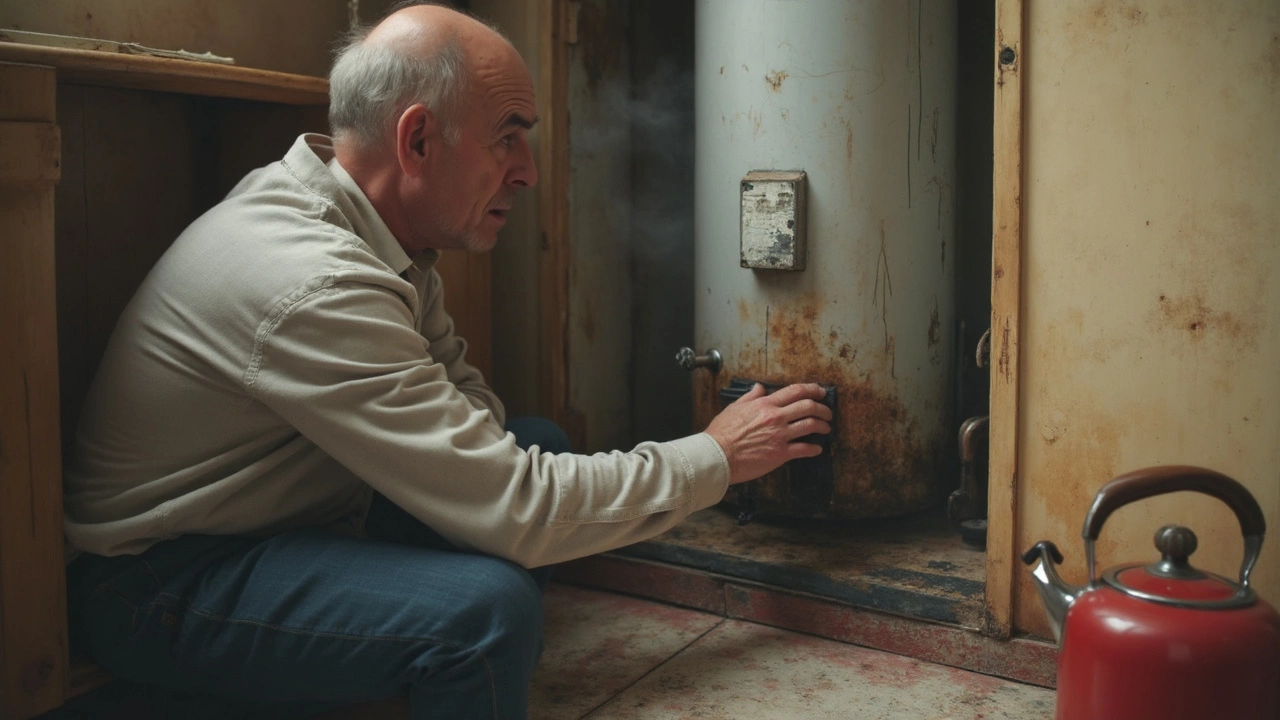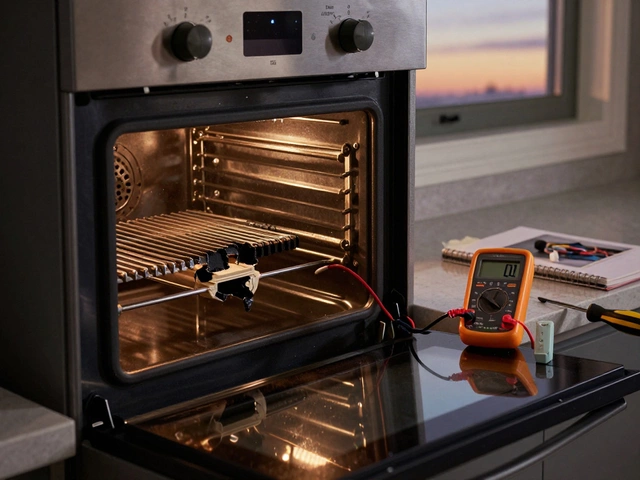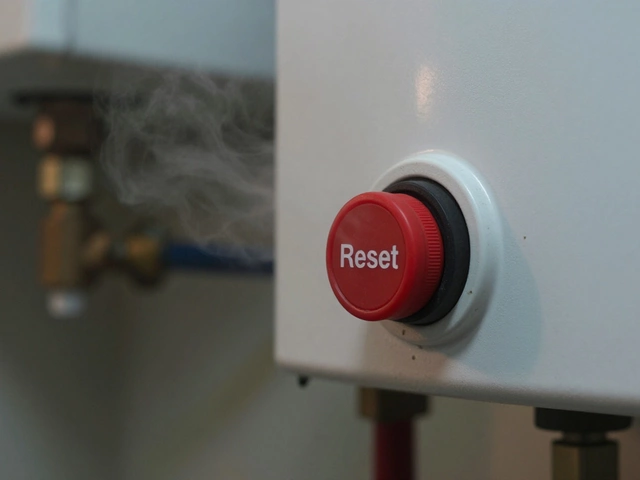Red Flags: Spotting Warning Signs in Your Home Appliances
When dealing with Red Flags, the clear indicators that something’s wrong with a household device. Also known as warning signs, they alert you to issues before a breakdown turns into a costly repair or safety hazard. Red flags encompass warning signs that point to an appliance’s declining health, prompting a quick check or a professional call.
Why Red Flags Matter for Appliance Safety
Spotting these alerts ties directly into Appliance Safety, the practice of keeping household machines working safely and efficiently. Ignoring a humming noise from a washing machine or a flickering oven light can lead to electrical faults, fire risks, or water damage. In other words, recognizing a red flag is the first step toward preventing dangerous situations and costly repairs.
Another key concept is Warning Signs, specific symptoms like strange odors, inconsistent temperature, or unusual vibrations. Each warning sign tells a story about a component that’s failing. For example, a freezer that stops making ice often signals a clogged fan or a faulty thermostat—both classic warning signs that show up in our post collection.
Beyond obvious noises, there are Diagnostic Signs, the measurable clues technicians use to pinpoint problems. A low pressure reading in a boiler, an error code on a dishwasher, or a temperature fluctuation in a water heater are diagnostic signs that help decide whether to repair or replace. Understanding these signs reduces guesswork and shortens downtime.
Our guide pulls together real‑world examples: a leaking refrigerator door seal, an oven that won’t heat, a boiler that’s making grinding noises, and a hot water system that’s hot in the kitchen but cold in the bathroom. All of these are red flags that appear across multiple appliances, showing how interconnected the issues can be. Recognizing a pattern—like repeated temperature swings—can point to broader system problems such as faulty wiring or a failing main valve.
Practical steps start with a quick visual scan: check for water puddles, listen for irregular sounds, and feel for uneven heat. Then move to simple tests: run a short cycle on your washer, set your oven to a low temperature, or turn the fridge to a colder setting for a few hours. If any of these actions trigger the warning signs we described, it’s time to call a professional. Our posts below break down each scenario, offering DIY checks, cost estimates, and guidance on when a pro’s needed.
Below you’ll find a curated set of articles that dive deeper into each red flag, from freezer ice‑maker failures to boiler emergency signs. Whether you’re looking for a quick fix or need to decide on a full replacement, the collection gives you the context and confidence to act fast and keep your home running smoothly.
A failing water heater often gives warning signs before disaster strikes. This guide shows you the clear red flags that your water heater is in trouble, so you can act fast. Learn which sounds, leaks, and smells you shouldn’t ignore and why delay can get expensive or dangerous. Get practical tips for spotting small problems before they turn into big repairs. Make your home safer and avoid a cold shower surprise.


